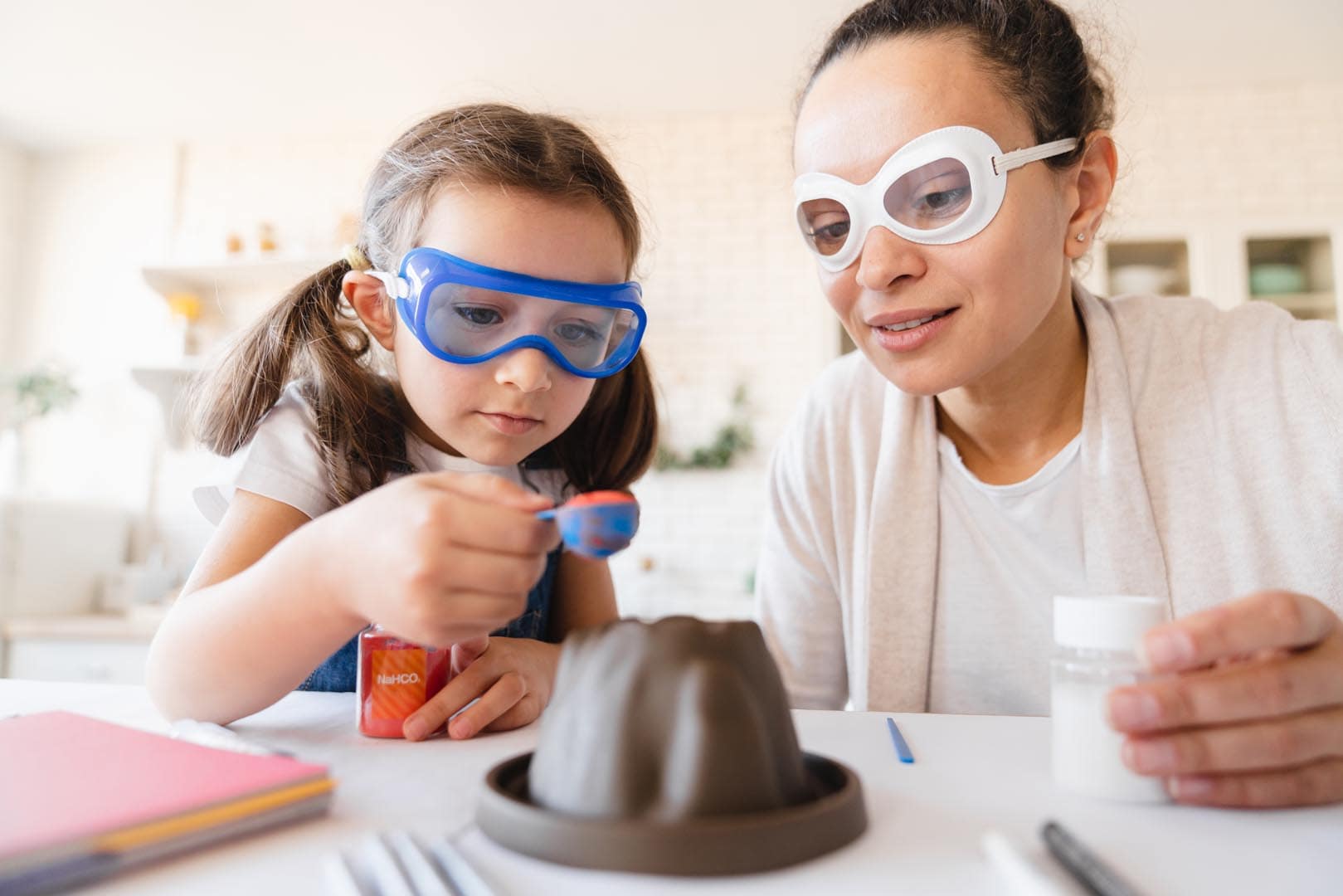Direct Observation
Autism is a multi-faceted, complex disorder that involves evident developmental delays in a child. There are many available assessment tools and treatments all aiming to assess, diagnose and help improve life for children with autism, but the principal means of assessing autism has remained the same: Direct Observation. While assessment tests like M-CHAT or fMRI scans can be very helpful in diagnosing autism or eliminating other potential diagnoses, a formal diagnosis of autism must ultimately be based on observation of the child. Moreover, observation is a critical part of treating autism in virtually all of the more prominent therapies, including Applied Behavior Analysis or ABA.
What is Observation?
Observation is the act of carefully and attentively listening to, watching, and studying the subject child and his or her environment. There are 2 types of observation: direct and indirect. Direct observation is done by the practitioner himself as he performs the act of watching a subject, while indirect observation is the observation that is based on the reports of others who did the direct observing.
Direct observation in child interactions is the basis of evaluations and assessments. Through direct observation, a therapist learns what behaviors, characteristics, strengths, weaknesses, and comorbid disabilities a child may have. Parents, health practitioners, family members, peers, and virtually anyone who comes in contact with the subject are involved in this type of observation. In order to avoid a phenomenon known as the Hawthorne Effect which can invalidate data collected, direct observations in the interaction must be done in a way that the subject’s behavior won’t be changed by the presence of the observer. The Hawthorne Effect is an unintentional change in the behavior of a person who knows he or she is being observed.
Functional Direct Observation
Functional direct observation happens every time an observer gathers important data to achieve a goal, such as understanding the reason why a behavior exists, what environmental factors trigger it, and what can be done to treat it. An example would be observing a child engaging in echopraxia, which is the repetitive mimicking of another person’s body movement by a child with autism. By noticing which persons the child mimics and under what circumstances, it may be possible to learn what environmental factors could be changed or eliminated in order to reduce the occurrence of the behavior.
Play-based Direct Observation
In this type of direct observation, direct observation is used in circumstances that involve the formal or informal play of a child with autism. Behaviors and characteristics of a child with autism in regards to his or her social, communication, and emotional skills are observed. This will help parents and health practitioners come up with an interaction style or pattern that will be beneficial in treating the child’s disabilities. An example of a play-based informal observation is when parents watch their children play at home. An example of a play-based formal observation will be a health practitioner observing a child during a therapy session.
Reference:
The Lovaas Center. thelovaascenter.org: Direct Observation. Retrieved March 23, 2011, from http://www.thelovaascenter.org/autism-direct-observation.php
Copyright © by Special Learning Inc. All right reserved.
No part of this article may be reproduced in any manner whatsoever without written permission except in the case of brief quotations embodied in critical articles and reviews. For information, contact Special Learning Inc., at: contact@special-learning.com








